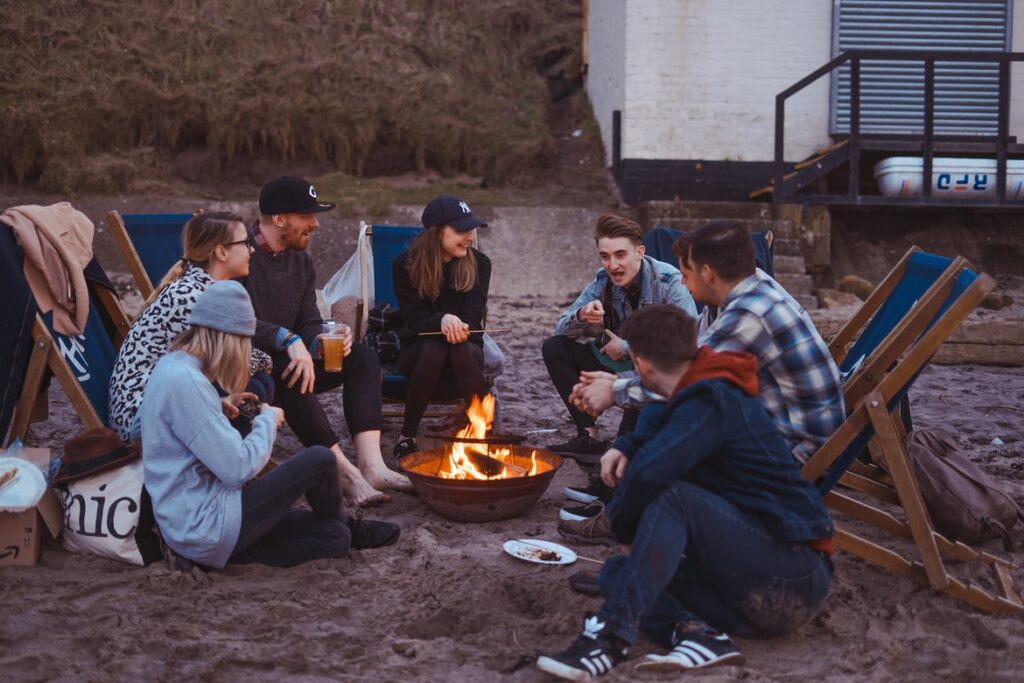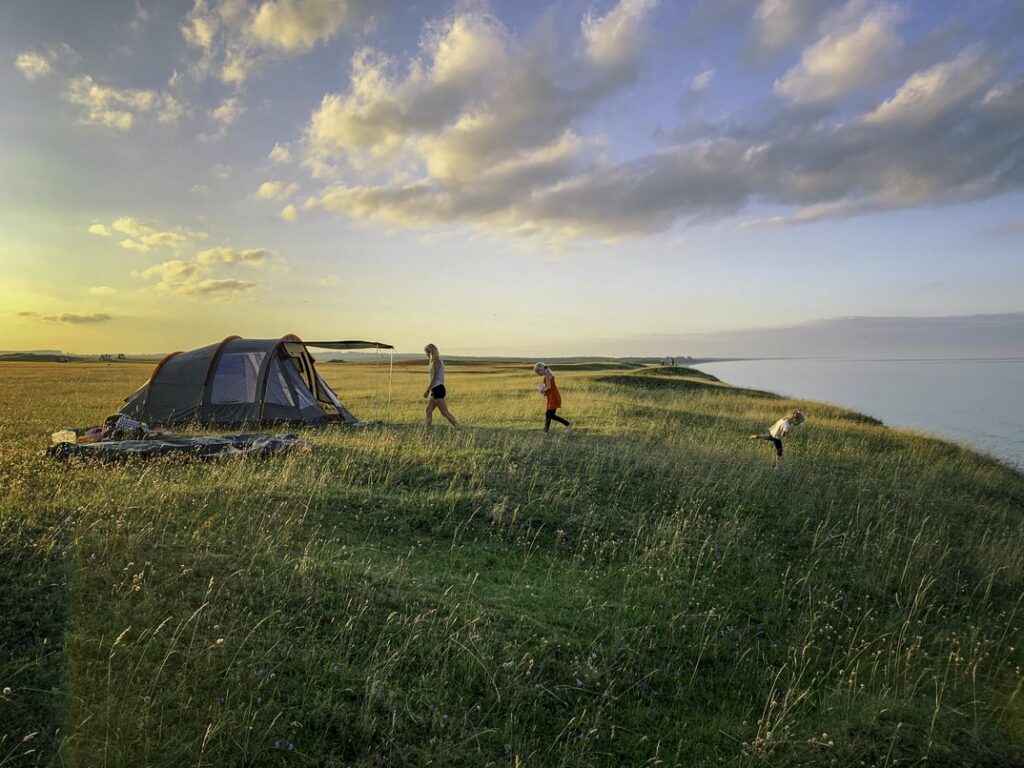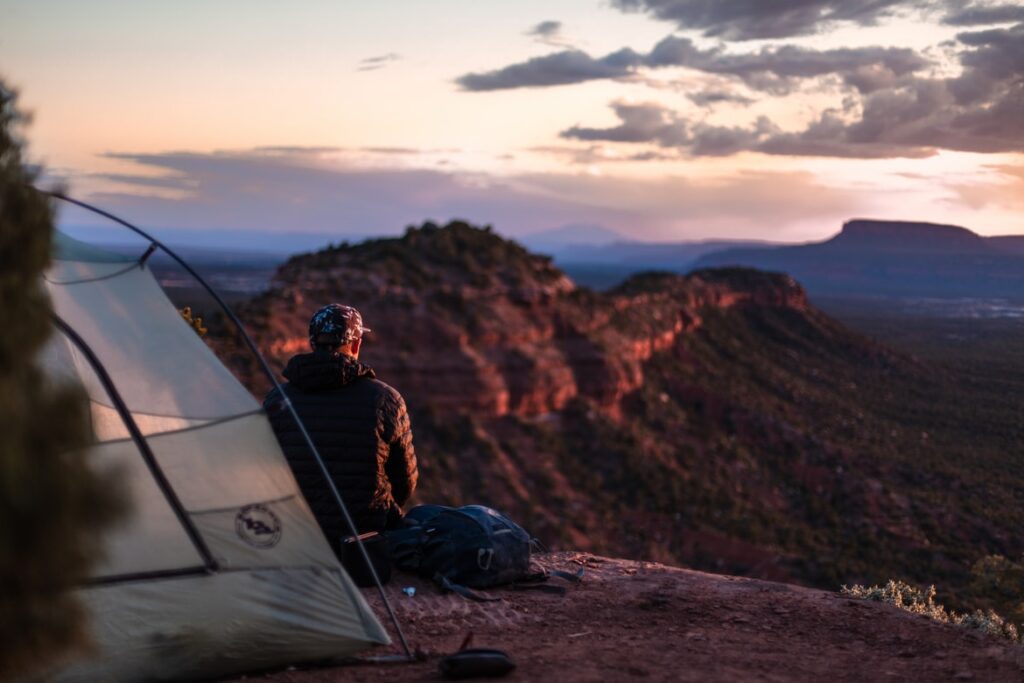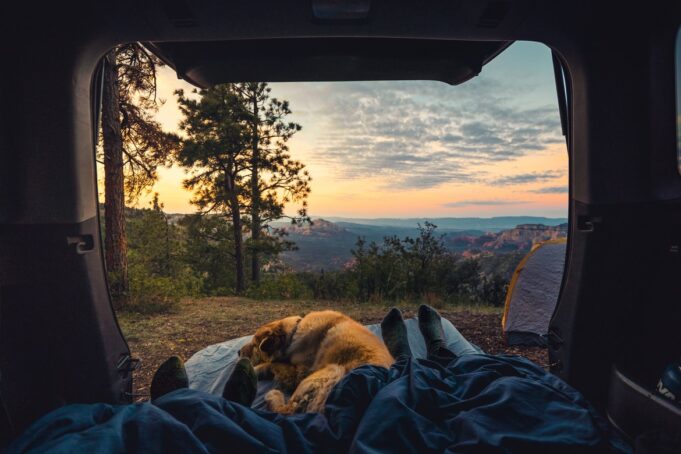For those who also want to master this type of recreation, but do not know where to start, we have compiled instructions. With the help of experts, we will figure out how to prepare for a hike, reduce difficulties and most importantly, enjoy the process.
Decide what kind of camping you want to do

First of all, decide what kind of camping you want to do. Simple trekking in the surrounding area, rafting in the river with an overnight stay in the woods, hiking in the mountains – any of them involves its own nuances in the route and equipment. Professionals and experienced amateurs allow that even in the first hike you can go alone, but still safer and easier option – special tourist clubs or guides.
For a hike in the mountains, we definitely recommend turning to an organized group and guide. Most likely, you will be given the necessary equipment to rent, choose a route and help organize your life. If you want to understand if camping is suitable for you in general, you can organize a small weekend on the bank of a river outside the city, taking with you a minimum of necessary things.
It is not recommended to buy professional and expensive equipment at once. For the first time is enough basic, but high-quality equipment.
By the way, we advise an indispensable thing for the campaign – a raincoat.
- Made of high quality material, comfortable and waterproof, in addition, it is very durable and very difficult to tear.
- Universal size and takes up very little space – it is easy to take with you.
- Another important and different from other products: you can always tighten the elastic bands available on the hood and sleeves, so that the clothes do not get wet and the poncho does not blow away.
To buy rain ponchos for adults – click here.
Think in detail about the route

If you decide to go hiking without a guide, you have to plan the route yourself. Professionals and amateurs are advised to think it through as carefully as possible to avoid unforeseen situations. For example, if you do not take into account the actual distance between the points, you can get very tired, get lost, left without food, water, and communication.
And if you do not explore the local landscape, there is a chance to be in dangerous conditions. It is also worth checking the weather forecast, which determines the route and the list of items you need. On a map like Maps.me in a mountainous area may not be taken into account that the route is winter, and it needs crampons and ice axe. On a map of the same area in summer, you may not notice a steep slope where there is a high chance of severe slips and injuries.
First, you need to gather information about the area: understand how long the route will be, what obstacles await on the way, how many places to sleep and stay overnight, whether there are stores along the way, water bodies (such as streams and springs) and so on. You should also decide on the time when you expect to hike, the duration of the crossing and the finish date.
Don’t forget that you can choose a route that has been tested by other hikers, in which case, if possible, contact them and ask about the details. It is important that they have completed the route more recently, because by the time you travel, the information may have lost relevance. When you have decided on the details, be sure to communicate all the information about the hike to family and friends.
Take care of safety

You should consider the possibility of leaving the course before the finish, if you get tired, injured or for other reasons. All maps and route details should be downloaded to your phone or any other gadget in advance – better at home than when you arrive at the start, because there may simply be no communication.
On a long route, where no communication and populated areas are expected, be sure to register with the security service in the country where you are hiking and give details of the route, participants, entry and exit points and times.
If you don’t report the successful completion of the route in time, they will start looking for you. In addition, it is useful to have walkie-talkies to talk to at least the first and last in the chain – these are the people who control the movement of the rest of the group. You can use a walkie-talkie even when the mobile network is not available. But for weekend hikes and in a small group, walkie-talkies are not necessary.
For more extensive hiking trips or larger groups, CB radios can be a better choice than walkie-talkies. They offer a wider range and more reliable communication in varied terrains, where mobile networks are often unreliable. CB radios enable communication with the entire group, not just the first and last in line, ensuring everyone stays informed and connected.
This is especially important in emergency situations or when navigating through challenging paths. Their durability and long battery life make them suitable for prolonged outdoor activities. For those looking to purchase CB radios, Walcott’s CB radio shop offers a wide selection suitable for such needs. While they might be more than what’s needed for casual weekend hikes, for serious trekking adventures, CB radios are an invaluable tool.
Everyone, even in short hikes, especially if they take place for the first time, use navigators. Depending on the duration of the hike it can be a map in your phone or a separate gadget. Another very useful thing on the routes without communication and the population – a satellite phone. On it you can call for help in almost any condition.
Another important safety item – first aid kit. We advise to take drugs that you personally need (in case of illness, possible allergies, etc.), as well as a common set of tools: bandages, antihistamines, painkillers, gastrointestinal, cardiac, and so on.
Make a list of what you need
For some first-time hikers, one of the biggest stumbling blocks is equipment. There are many hiking and travel products in specialty stores, and a beginner is likely to have a hard time figuring them out.
The main mistake beginners make is too much stuff they take with them just in case. It’s hard to carry it all on your back, you get tired quickly and don’t think about anything except dropping the backpack quickly. When rafting on a raft there is more space for things, and they do not have to be carried on the back.
But the kayak is not a rubber kayak either – as a result they take up all the free space, even above the boards, there is nowhere to put your feet, the posture is uncomfortable, and everything gets wet. The result is the same as in the campaign – it is impossible to enjoy the process and nature because of the discomfort.
A specific list of things will depend on the type of hike, its duration, the weather, the ability to travel by transport or animals. But there is an equipment that is necessary in most cases. The most necessary things in any hike – this tent, mat, sleeping bag, flashlight, utensils, matches or lighter (and a few), tent (protects against rain, snow, sun), axes or saws, torch and gas (even if you plan to cook on a fire), ropes (you need those on which you can stretch a tent or hang clothes and equipment to dry), hygiene products, clothing sets, depending on the route and place of the campaign. For trekking – a good backpack, adapted to the one who carries it, and trekking poles. For rafting – hermetic bags, survival vest.
















